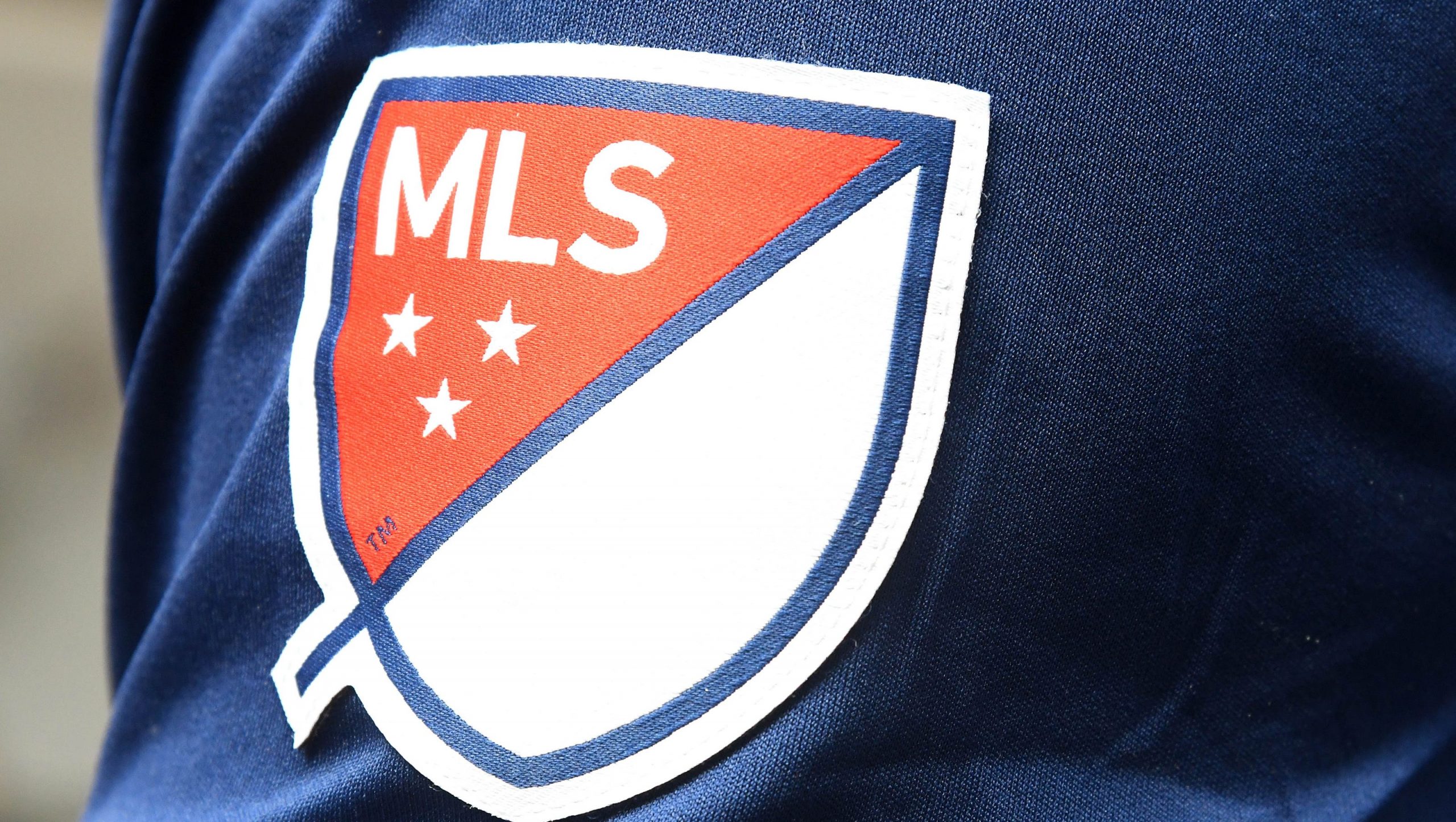Here we look at the fastest growing football leagues, far-flung from the epicentres of the game, namely, Europe and South America.
When we talk about the biggest football leagues in the world, people, more often than not, quickly default to the big boys of Europe to present the likes of the English Premier League, the La Liga, Bundesliga and more. As of late though, there are plenty of others gaining traction outside of Europe, and slowly, but surely, making a name for themselves.
Indian Super League
The Indian Super league probably goes deep under the radar relative to the other leagues we’re going to look at, but its potential to pull an audience is certainly there. In a cricket-mad nation, football has carved itself a great space where the ISL continues to grow all the time and has quickly become one of the fastest growing football leagues in the world. With this trajectory likely to continue in the coming years, there is no stopping this the ISL.
The ISL was only founded in 2013, separate to the original National Football League, now known as the I-League. In true Indian sport-style, the ISL follows a franchise-model system, and now boasts matches that attract north of 50,000 fans into stadiums. It has also seen year on year television hits up by over 50%. In addition to those tuning in, the league is also taking steps to both develop and attract better players.
Firstly, on the home grown front, the league tweaked regulations in the summer to improve the chances of their own youngsters making the grade in the professional game. So much so, that almost every player who has received a call up to the international team in recent times plays for an ISL club, including the likes of rising talent such as Sahal Abdul Samad and Sarthak Golui.
READ: The Bollywood Sporting Bonanza: Celebrity Franchise Owners - Part 2
On the flip side, ISL clubs can also look overseas to recruit top talent, however there has been a push to reduce this, and the number of foreign players is now capped at 7 per team. The reasoning behind this is cited to grow and develop talent domestically. The longer the ISL makes progress, the more players they will attract.
Earlier on, the ISL focused heavily on international marquee players, and boasted names such as Roberto Carlos, Alessandro Del Piero, Robert Pires, Robbie Keane and Nicolas Anelka.
As of late though, the number of ‘top’ players coming into the league has dipped, especially after the player-coach agreement was banned from the league. However, this does not mean that the league is growing, and the quality of football across the world’s second-largest nation isn’t growing.
Major League Soccer

The MLS, is far better known, and has been sneaking up in the rear-view mirror for a while now. Based on the American model of sports franchise leagues, the MLS is quickly becoming an important feature in the very busy American sports calendar.
They had their first genuine eyebrow-raiser when the iconic David Beckham jetted in to join LA Galaxy. Since then the likes of Zlatan Ibrahimovic, Wayne Rooney and Kaká have had a taste, stateside too. That’s three almighty ticks in the ‘raise the profile’ box.
As a result, some from Europe have started to consider moves their at a slightly younger age and although these might rarely be the very top level players - take one time England under 21 internationals Michael Mancienne and Nedum Onuoha for example - it is a move in the right direction.
READ: James Craig on football in the US & Australia, overcoming injury & God
The interest in the league is certainly growing with global interest also on the up. Stadiums are regularly packed to the rafters too with Atlanta United boasting the record attendance of 72,548.
Despite that, the league struggles to pull an audience on television and the big fight is to get soccer respected at similar levels to their other major sports such as the NBA and NFL. While most American sports pundits are busy picking NFL and NBA expert picks, as you can see on BetAmerica, football or soccer is also fighting in popularity with American sports that have seen a dip in recent years, such as Ice Hockey and Baseball.
It’s a big battle for ratings and numbers, but with the global phenomenon of football backing the MLS, they are making strides to achieve their goal of more viewership, fandom and of course, the American market, with more and more teenagers now picking up the game. It is looking more and more likely that in a generation or two, if not before that, the MLS will become the real deal.
Chinese Super League
The Chinese Super League has garnered attention, occasionally in the negative, for expensive signings, pay-outs and wages. However, this juggernaut of a league is by far the biggest thing in Asia, and one of the fastest growing football leagues, globally.
In many ways, it doesn’t attract the same attention as the MLS on the global circuit – possibly because of how the US is more relatable to the football lovers of Europe, and more accessible via digital media in English. In truth though, it’s probably the closest thing to competing with the big European leagues.
With a franchise model not too dissimilar to the MLS and the ISL, they’ve also brought in players on large salaries and essentially sorted out their lives with paydays they may not have ever dreamed of in other leagues.
Marek Hamsik, Obafemi Martins, Paulinho and Hulk are perfect examples of retiring or older players joining the league for the last big pay out, but they’ve managed to attract some elite players closer to the peak of their careers too, such as former Chelsea star Oscar who was just 25-years-old at the time of his £60m move to Shanghai SIPG.
There are also clear plans to continue adding star quality from foreign countries and that is likely to pull in viewers from further afield as those players commit.
On the viewing side of things, inside the stadiums, the largest attendance last season was over 57,000, which is in a similar region to that of Arsenal’s Emirates stadium. The average attendance, however, was tied with Serie A at 25,000.
Then there are those armchair fans to consider with reports showing the average fixture attracted an impressive 6.6m viewers. That’s 1.1m more than the Premier League’s most watched match, which was last season’s Merseyside derby.
There you have it, three leagues with the fast growing fan bases and enormous ambitions outside of Europe. While they may not have the star power of the European leagues, their unique cultures, the vast sums of spending power and their styles of play, all bring elements to the game that most football fans in the West are not familiar with. We will find out how this evolves in a more connected world.
Did we miss out on any of the fastest growing football leagues that you rate? Which one should we have included?

